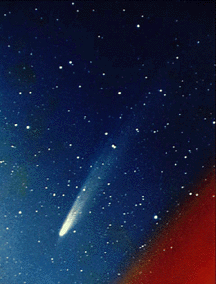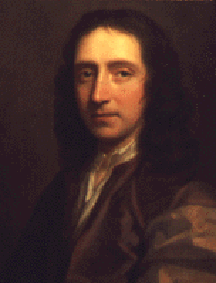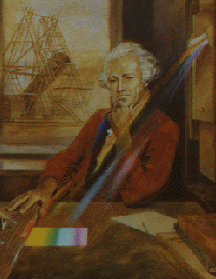Portrait of William Herschel
NASA/JPL, California Institute of Technology.
William Herschel
William Herschel was born in Germany and lived in England while he worked as an astronomer. He lived between 1738-1822. He built reflecting telescopes of high magnification, that let him observe the universe with greater detail.
Herschel discovered the planet Uranus. He also advanced our understanding of nebulae, the greenish, hazy clouds that surround dying stars. Herschel identified about 2,500 nebulae whereas only 100 nebulae had been found before him. He also founded stellar astronomy, the study of the region beyond our solar system. In fact, he found more than 800 binary stars, pairs of stars that orbit a common center of gravity.
At a time when scientific study focused on the planets and comets, Herschel suggested that the clusters of stars visible in the night sky were actually separate galaxies, similar to our own Milky Way.
You might also be interested in:

How did life evolve on Earth? The answer to this question can help us understand our past and prepare for our future. Although evolution provides credible and reliable answers, polls show that many people turn away from science, seeking other explanations with which they are more comfortable.
...more
Not long ago, many people thought that comets were a portent that something bad was about to happen to them. Since people did not yet understand about the objects in the solar system and how they moved,
...more
The North and South Poles on Mars are similar to the polar regions on Earth in many ways. They are the coldest places on the planet, with wintertime temperatures dipping to a frigid -150° C (about -238°
...more
Astronomer William Herschel is credited with the discovery of Uranus in 1781. He was using a telescope he built himself when he spotted a dim object. He monitored it for years and determined it had to
...more
Charles Darwin was an English Naturalist who lived between 1809-1882. In 1859, with the publication of The Origin of Species by Means of Natural Selection, he challenged existing views on the appearance
...more
Christian Doppler was an Austrian mathematician who lived between 1803-1853. He is known for the principle he first proposed in Concerning the coloured light of double stars in 1842. This principle is
...more
Ben Franklin was an American scientist and statesman who lived between 1706-1790. At a time when little was known about electricity, he carried out many experiments to learn of its dangers and possible
...more
Edmond Halley was an English astronomer who lived between 1656-1742. Using historical records, his own observations, and Newton's universal law of gravitation, he reasoned that the comets which had appeared
...more















